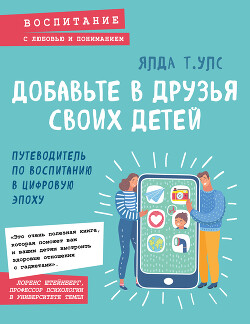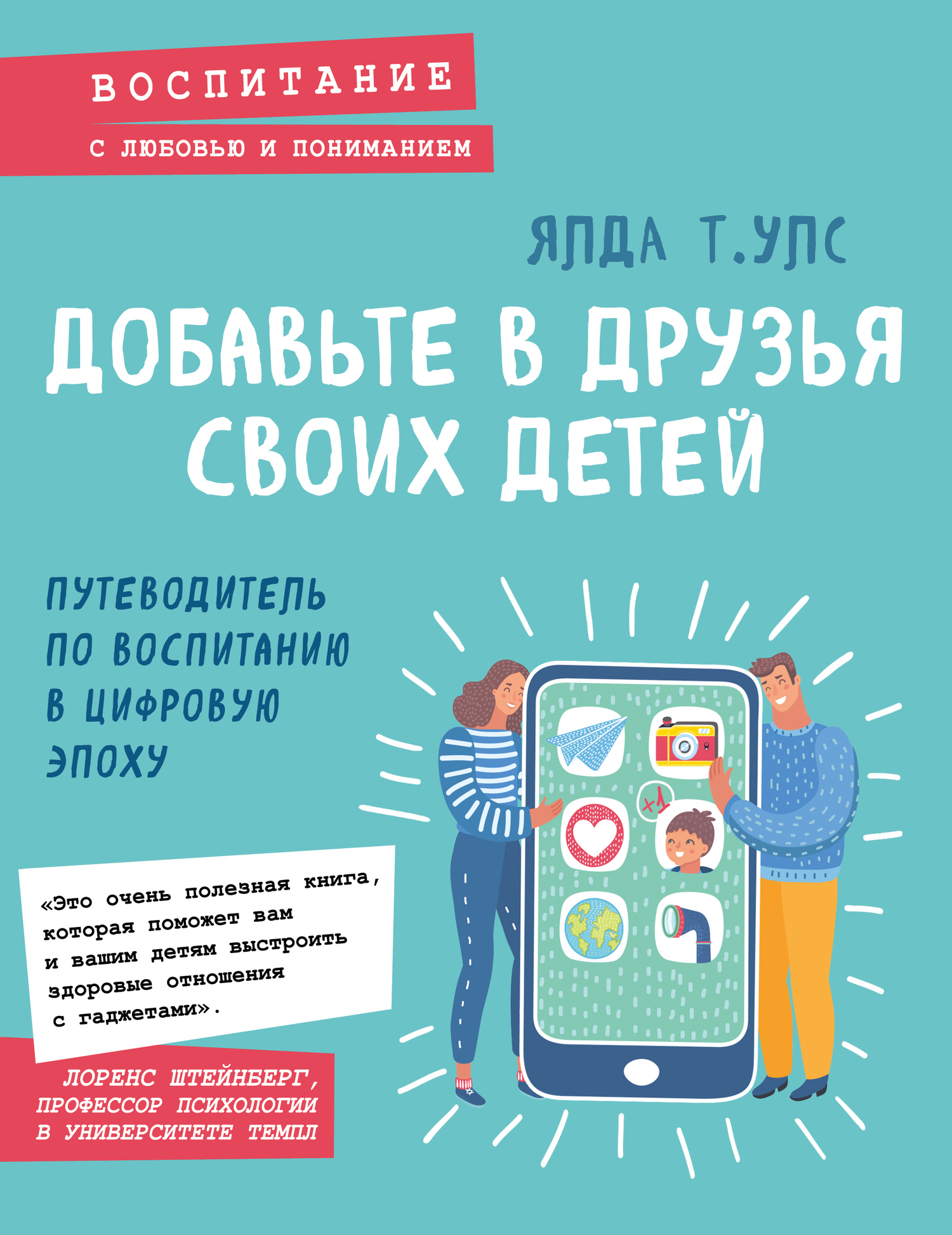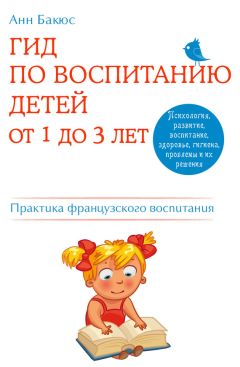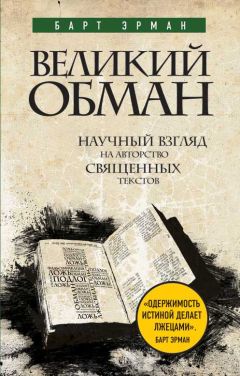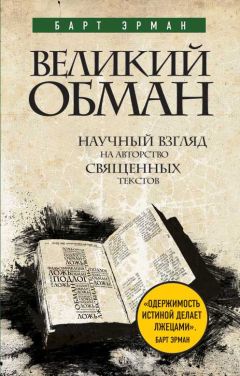Kay, R.H., and A. LeSage. “Examining the Benefits and Challenges of Using Audience Reponse Systems: A Review of Teh Literature.” Computers in Education 53 (2009).
Kirsch, S.J., and J.R. Mounts. “Violent Video Game Play Impacts Facial Emotion Recognition.” Aggressive Behavior 33 (2007): 353-58.
Knapp, M.L., and J.A. Hall. Nonverbal Communication in Human Interaction. Seventh. Boston, MA: Wadsworth Cengage Learning, 2010.
Kuhl, P.K., F.M. Tsao, and H.M. Liu. “Foreign-Language Experience in Infancy: Effects of Short-Term Exposure and Social Interaction Onf Phonetic Learning.” Proceedings of the National Academy of Science 100 (2003): 9096-9101.
Lauricella, A.R., T.A. Pempek, R. Barr, and S.L. Calvert. “Contingent Computer Interactions for Young Children’s Object Retrieval Success.” Journal of Applied Developmental Psychology 31 (2010): 362-69.
Leary, M.R., and R.M. Kowalski. “Impression Management: A Literature Review and Two-Component Model.” Psychological Bulletin 107 (1990): 34-37.
Lenhart, A., M. Duggan, A. Perrin, R. Stepler, L. Rainie, and K. Parker. Teens, Social Media & Technology Overview 2015. Pew Internet and American Life Project. Pew Research Center, 2015.
Lenhart, A., J. Kahne, E. Middaugh, A. MacGill, C. Evans, and J. Vitak. Teens, Video Games and Civics. Pew Internet and American Life Project. Pew Research Center, 2008.
Lieberman, M.D. Social: Why Our Brains Are Wired to Connect. Broadway Books, 2014.
Limer, E. “The First Text Message Was Sent 20 Years Ago Today.” Gizmodo, 2012. http://gizmodo.com/5965121/the-first-text-message-was-sent-20-years-ago-today.
Lin, L. “Breadth-Biased Versus Focused Cognitive Control in Media Multitasking Behaviors.” Proceedings of the National Academy of Science 106 (2009).
Madden, M., A. Lenhart, S. Cortesi, U. Gasser, M. Duggan, A. Smith, and M. Beaton. Teens, Social Media, and Privacy. Pew Internet and American Life Project. Washington DC: Pew Research Center, 2013.
Madden, M., A. Lenhart, M. Duggan, S. Cortesi, and U. Gasser. Teens and Technology 2013. Pew Internet and American Life Project. Washington, DC: Pew Research Center, 2013.
Magill-Evans, J., C. Koning, A. Cameron-Sadava, and K. Manyk. “The Child and Adolescent Social Perception Measure.” Journal of Nonverbal Behavior 19 (1995): 151.
Magill-Evans, J., K. Manyk, and A. Cameron-Sadava. “Child and Adolescent Social Perception Measure: Manual.” Unpublished manuscript, 1995.
Martin, D. “Child’s Play.” Los Angeles Times, November 22, 2009. http:// articles.latimes.com/2009/nov/22/entertainment/la-ca-kids-celebrity 22-2009nov22.
Mazel, J. “The 50 Best Selling Videogames of the 1990s Worldwide,” 2009. http://www.vgchartz.com/article/4145/the-50-best-selling-videogames -of-the-1990s-worldwide/.
McAfee. “Cyberbullying Triples According to New McAfee 2014 Teens and the Screen Study,” 2014. http://www.mcafee.com/us/about/news/2014/ q2/20140603-01.aspx.
McCarthy, J. “Same-Sex Marriage Support Reaches New High at 55%.” Gallup, May 2014. http://www.gallup.com/poll/169640/sex-marriage-support -reaches-new-high.aspx.
McCoy, B. “Digital Distractions in the Classroom: Student Classroom Use of Digital Devices for Non-Class Related Purposes.” [email protected] sity of Nebraska—Lincoln 71 (2013).
Melgosa, A., and R. Scott. “School Internet Safety: More than ‘Block It to Stop It.’ “ Journal of Adventist Education, 2013.
Meshi, D., C. Morawetz, and H.R. Heekeren. “Nucleus Accumbens Response to Gains in Repuation for the Self Relative to Gains for Others Predicts Social Media Use.” Frontiers in Human Neuroscience 7 (2013).
Mills, K.L. “Effects of Internet Use on the Adolescent Brain: Despite Popular Claims, Experimental Evidence Remains Scarce.” Trends in Cognitive Sciences 18 (August 2014).
Minear, M., F. Brasher, M. McCurdy, J. Lewis, and A. Younggren. “Working Memory, Fluid Intelligence, and Impulsiveness in Heavy Media Multitask- ers.” Psychological Bulletin Review 20 (2013).
Mlot, S. “Smartphone Adoption Rate Fastest in Tech History.” PC Magazine, August 2012. http://www.pcmag.com/article2/0,2817,2408960,00.asp.
Moore, C., and P.J. Dunham, eds. Joint Attention: Its Origins and Role in Development. Erlbaum, 1995.
Moore, D. “About Half of Americans Reading a Book.” Gallup News Service, 2005. http://www.gallup.com/poll/16582/about-half-americans-reading-book.aspx.
Mueller, P.M., and D.M. Oppenheimer. “The Pen Is Mightier Than the Keyboard: Advantages of Longhand over Laptop Note Taking.” Psychological Science, 2014.
Naaman, M., J. Boase, and C.H. Lai. “Is It Really About Me? Message Content in Social Awareness Streams,” 2010.
Nadkarni, A., and S.G. Hofmann. “Why Do People Use Facebook?” Personality and Individual Differences 52 (2012): 243-49.
Nowicki, Jr., S. “Manual for the Receptive Tests of the DANVA2,” 2010.
NPD Group. “Internet Connected Devices Surpass Half a Billion in U.S. Homes, According to The NPD Group,” 2013. https://www.npd.com/wps/ portal/npd/us/news/press-releases/internet-connected-devices-surpass -half-a-billion-in-u-s-homes-according-to-the-npd-group/.
Olson, Cheryl. “What The Tech.” Presented at the Rape Treatment Foundation, LA, 2012.
“One Laptop Per Child Mission.” Non-Profit. Laptop.org, 2015. http://one.laptop .org/about/mission.
Ophir, E., C. Nass, and A.D. Wagner. “Cognitive Control in Media Multitask- ers.” Proceedings of the National Academy of Science 106 (2009): 15583-87.
Palsson, C. “That Smarts! Smartphones and Child Injuries.” Department of Economics, Yale, 2014.
Parenting in the Age of Digital Technology: A National Survey. Northwestern University: Center on Media and Human Development, 2013.
Parish-Morris, J., N. Mahajan, K. Hirch-Pasek, R.M. Golinkoff, and M.F. Collins. “Once upon a Time: Parent-Child Dialogue and Storybook Reading in the Electronic Era.” Mind, Brain and Education 7 (2013).
Partnership for 21st Century Skills. 21st Century Student Outcomes. Washington DC, 2009.
Pascalis, O., M. de Haan, and C.A. Nelson. “Is Face Processing Species-Specific During the First Year of Life?” Science 296 (2002).
“Paul Ekman Group, Training,” 2015. http://www.paulekman.com/products/.
Pfeifer, J.H., and S.J. Blakemore. “Adolescent Social Cognitive and Affective Neuroscience: Past, Present, and Future.” Oxford Journals, 2012.
Philip, T.M., and A. Garcia. “The Importance of Still Teaching the iGenera- tion: New Techologies and the Centrality of Pedagogy.” Harvard Educational Review 83 (2013).
Plester, B., and C. Wood. “Exploring Relationships Between Traditional and New Media Literacies: British Preteen Texters at School.” Journal of Computer- Mediated Communication 14 (2009).
Plowman, L., and J. McPake. “Seven Myths About Young Children and Technology.” Childhood Education, February 2013.
Prensky, M. “Digital Natives, Digital Immigrants.” On the Horizon 9, no. 1 (2001): 1-6. “Why You Tube Matters.” On the Horizon, 2010.
Quinn, D., L. Chen, and M. Mulvenna. “Does Age Make a Difference in the Behavior of Online Social Network Users?” IEEE International Conferences on Internet of Things, and Cyber, Political and Social Computing, 2011.
Radesky, J., C.J. Kistin, B. Zuckerman, K. Nitzberg, J. Gross, M. Kaplan-Sanoff, M. Augustyn, and M. Silverstein. “Patterns of Mobile Device Use by Caregivers and Children During Meals in Fast Food Restaurants.” Pediatrics (2014).
Radesky, J., A.L. Miller, K.L. Rosenblum, D. Appugliese, and J.C. Kaciroti. “Maternal Mobile Device Use During a Structured Parent-Child Interaction Task.” Academic Pediatrics (2014).
